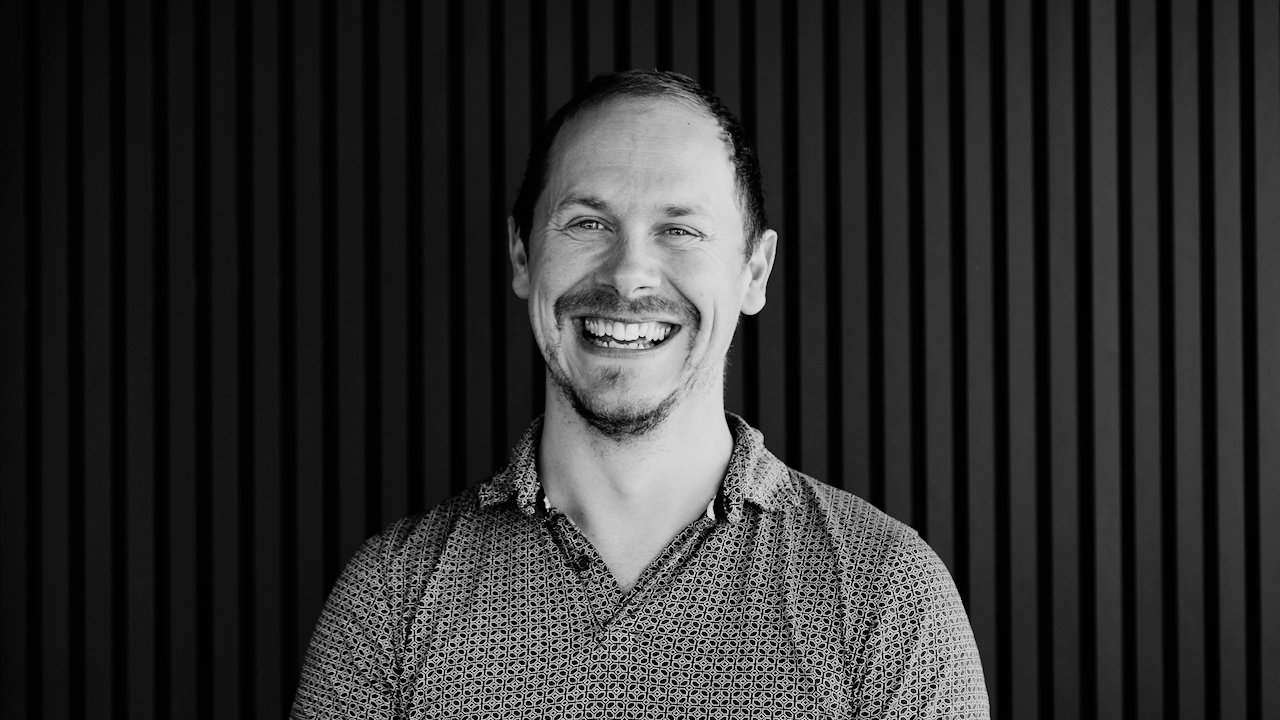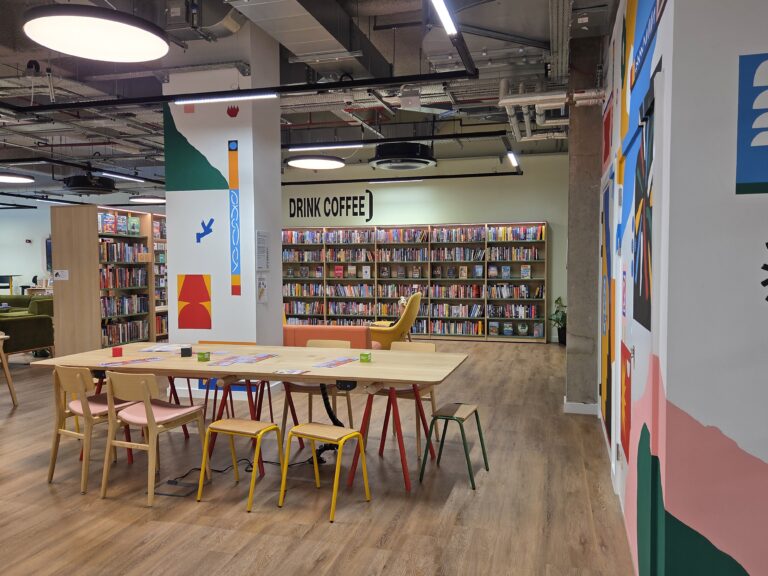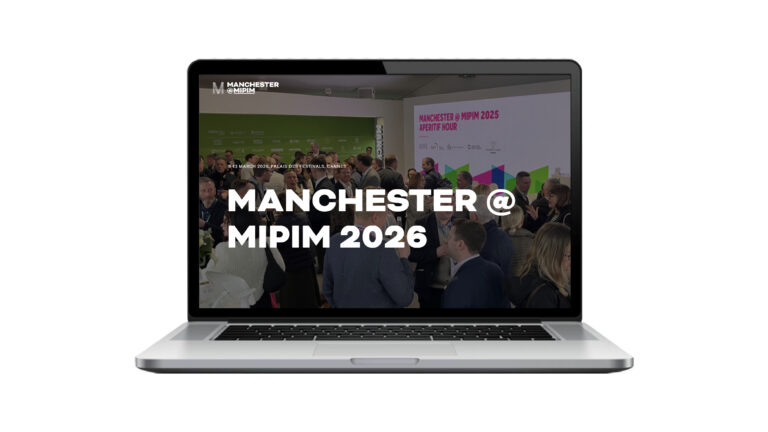Insight: Understanding the Principal Designer role under the Building Safety Act
Share Article
Since the introduction of the Building Safety Act 2022 and the associated changes to the Building Regulations, the role of Principal Designer (PD) has evolved. Alongside the duties introduced by the Construction (Design and Management) Regulations 2015 (CDM), the Building Regulations (Amendment) (England) 2023 introduced a new statutory dutyholder role: the Building Regulations Principal Designer (BR-PD).
It’s a vital role and one that’s central to ensuring that the design of a building complies with the Building Regulations from the earliest concept through to the detailed technical design. But the specifics of who can perform this role, and under what circumstances, have caused a degree of confusion across the industry. In this article, we’re taking a closer look at what the role involves, why it matters, and where architects are and aren’t best placed to fulfil it.
What is the BR Principal Designer?
The BR-PD is a statutory dutyholder role under the new regulations. Every project that involves building work subject to the Building Regulations must have one appointed. Their job is to plan, manage, and monitor the design work to ensure, so far as is reasonably practicable, that it’s coordinated and compliant with all relevant regulatory requirements.
It’s a step change in responsibility. While the CDM Principal Designer focuses on health and safety during design, the BR-PD has a much broader remit, tied to overall Building Regulations compliance. The aim is to improve the safety and quality of buildings, reduce the risk of non-compliance, and strengthen accountability in project teams.
Why does it matter who takes on the role?
Because the role comes with legal duties, it can’t be given to just anyone. The person or organisation appointed must be a designer with control over the design work. That’s not just a technicality, but a legal requirement, and it has real implications for who can take on the role at different stages of a project.
For architects, this can sometimes create a grey area. While we’re often at the heart of the design process, the extent to which we maintain control depends heavily on the procurement route, our contractual relationship with the client or contractor, and the specific work stage we’re involved in.
When architects can take on the BR-PD role
In many cases, architects are well-placed to take on the BR-PD role. This includes:
- Projects procured under a traditional contract, where the architect is directly appointed by the client throughout the project and retains control over the design from start to finish
- Design & Build (D&B) projects during RIBA Stages 1–4, before novation to the contractor, where the architect still has control over the design work.
In these scenarios, we can carry out the BR-PD duties effectively. We have oversight of the design team, a clear understanding of the technical requirements, and a direct appointment to the client.
When architects can’t act as BR-PD
The challenge arises at the construction stage in design & build projects, after the architect has been novated to the contractor. At that point, control of the design typically passes to the D&B contractor, who assumes responsibility for finalising and delivering the design in accordance with Building Regulations.
Even if architects are still providing design services, we’re no longer the party in control. Under the regulations, that means we’re no longer eligible to act as BR-PD.
This is reinforced by the 2024 edition of the RIBA Principal Designers Guide, which notes:
“It is not feasible to novate your principal designer appointment to a contractor in connection with a design and build procured project… it is most sensible for the client to appoint the principal contractor to also fulfil the functions of the principal designer for the construction phase of your project.”
So what does best practice look like?
The key is clarity. Clients must understand that the BR-PD role is a function that comes with legal responsibilities and must be assigned to a party with genuine control over the design. It isn’t just a title.
Where architects don’t meet that requirement, we can still provide valuable support in an advisory capacity to the appointed BR-PD, helping to ensure consistency and compliance across the design stages.
As a practice, we’ve invested heavily in upskilling our team to take on the BR-PD role where appropriate. We believe it’s often the right fit for architects to lead on this responsibility, particularly in traditional contracts where we retain full control over design.
But equally, we recognise that trying to fulfil this role without the necessary authority puts everyone at risk. It undermines the intent of the legislation and can dilute accountability.
Final thoughts
The BR-PD role represents a genuine shift in how the industry thinks about design responsibility, compliance, and safety. By approaching it with clarity and care, we can help ensure the right people are in the right roles at the right time. And that’s ultimately what creates better buildings for clients, contractors, and the people who use them.



